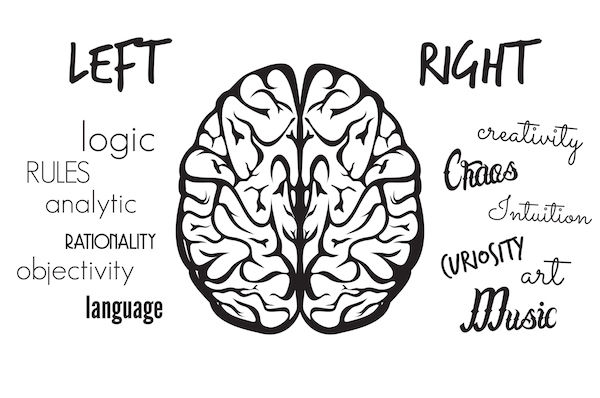
MONDAY, Aug. 29 (HealthDay News) — Boxing isn’t appropriate for children and teens, and parents should encourage their kids to find sports that don’t focus on delivering blows to the head and face.
Those are conclusions from the new policy statement from the American Academy of Pediatrics and the Canadian Paediatric Society that recommends that pediatricians vigorously oppose children participating in boxing.
“In boxing, children and youth are encouraged and rewarded for hitting the head. We’re saying, don’t put kids in a sport where hitting the head is condoned and encouraged,” said Dr. Claire LeBlanc, co-author of the new position statement and chair of the Canadian Paediatric Society’s Healthy Active Living and Sports Medicine Committee.
The new policy statement is published in the September issue of Pediatrics, and was released online Aug. 29.
The policy opposing boxing for children was initially developed in 1997, according to LeBlanc, but because there’s now more evidence on the dangers of blows to the head, the pediatric groups decided to review and update the policy statement.
Currently, about 18,000 people under 19 are estimated to participate in boxing in the United States, according to background information in the policy statement.
Supporters of amateur boxing feel that the sport can be beneficial for youth participants. Boxing provides exercise and can help children develop self-discipline and self-confidence. In areas where gang violence is common, boxing can provide an alternative activity. And, proponents of the sport note that the injury rates are lower than in other contact sports, such as football, ice hockey, wrestling and soccer, according to the policy statement.
The main difference between these sports, however, is that in boxing, the goal of the sport is to land blows to the upper torso, head and face. These activities are rewarded with points in boxing.
“Can’t kids get 60 minutes of aerobic activity without promoting violence or blows to the head?” asked LeBlanc.
Brain injury is the most serious injury that can occur from boxing, and between 1918 and 1998 there were 659 boxers who died from catastrophic brain injury.
Concussion is the most common injury that occurs in boxing, according to the policy statement. Open wounds or cuts were the next most common injuries, followed by fractures.
Concussions in children and teens are of particular concern. Young brains are more vulnerable to injury, explain the pediatric groups. Recovery from a concussion takes longer in young people than it does in adults, possibly up to 10 days longer.
“We just can’t say that repetitive blows to the head aren’t dangerous. We have a much better understanding of concussions now, and repetitive concussions can have a negative impact on many aspects of cognitive function,” said LeBlanc.
Another concern is that, like wrestlers, boxers also have to make their weight class, which can lead to dangerous behaviors such as limiting fluids and taking fluid-reducing medications (diuretics) to lose weight before a match.
“I think it’s a well-intended statement, but I don’t think that it takes into consideration the realities of who mostly gets involved with boxing. These are people that don’t have, for the most part, your local golf course, tennis or basketball court as an option. These are youngsters, often from deprived backgrounds, that flourish with direction and flourish with having individuals take an interest in them. They are far, far safer in the boxing ring than they are out on the street,” said Dr. Robert Cantu, a spokesperson for USA Boxing’s Medical Commission.
Cantu added, “I’m not advocating boxing for anybody and I’m not advocating anybody take head trauma from any sport. Everything in life is risk and reward. The reality is, it’s far safer for these individuals to be in the ring at all levels of their life than it is to be out where they come from.”
Dr. Barbara Gaines, director of trauma and injury prevention at Children’s Hospital in Pittsburgh, agreed that there are some benefits to boxing, but pointed out that kids don’t have the same decision-making ability that adults do, and they can’t judge potential risks in relation to potential benefits in the same way an adult does.
And, the fundamental goal in boxing is to injure your opponent, a lesson she doesn’t think is a good one for any child or teen.
“What makes boxing unique is that the emphasis in on landing direct blows to the head and face. In other sports, the goal is to move the ball down the field. In boxing, the goal is hitting. There’s just no role for boxing with kids. If you’re a parent and you’re trying to choose an activity for your child, cross boxing off the list. There are alternatives for conditioning and athleticism.”
More information
Learn more about concussions in children from Nemours Foundation KidsHealth.

